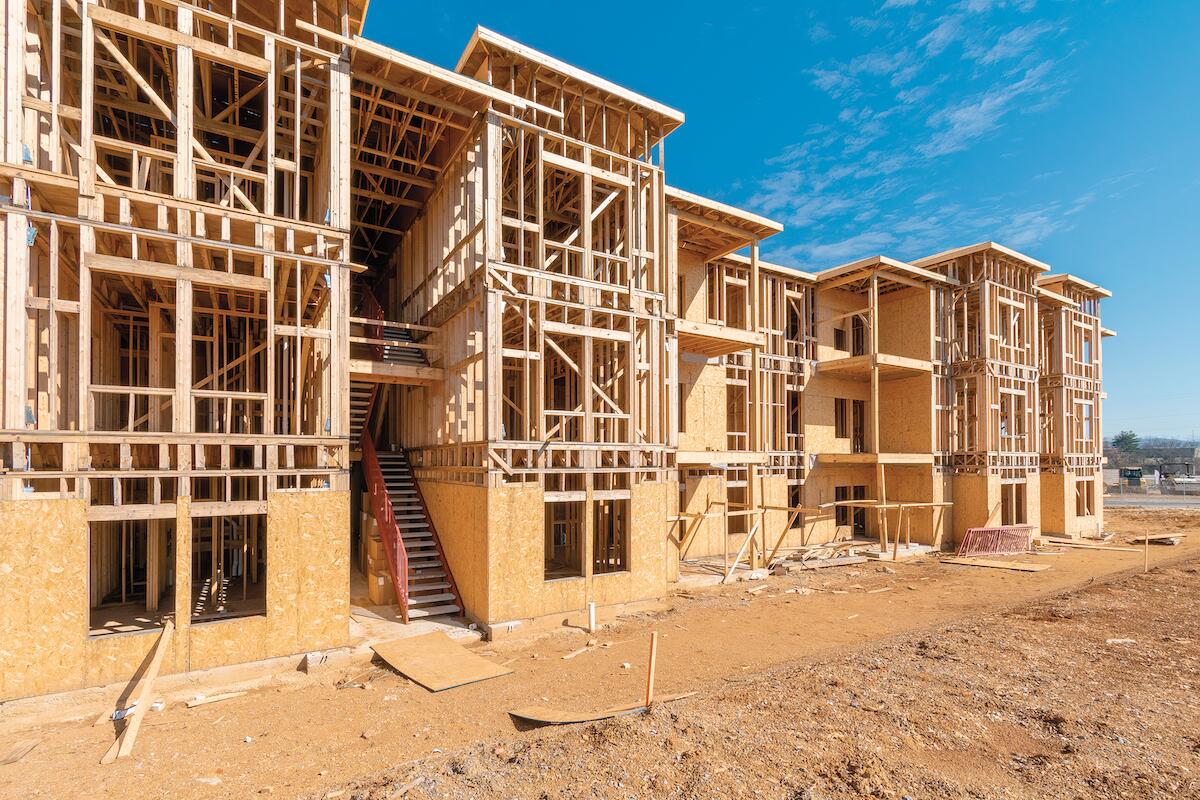In CRE Outlook, Office Sees a Longer Recovery, Multifamily in High Demand, Retail Rebounds

The most recent Allen Matkins/UCLA Anderson Forecast California Commercial Real Estate Survey, released earlier this year, shows a mixed bag of outlooks that vary based on the type of real estate offered. The findings come as the commercial real estate industry continues to navigate rising interest rates, declining valuations, and economic uncertainty, leading to a contraction in new commercial development across most asset classes but with several signs of light at the end of the tunnel.
The biannual survey polls a panel of California’s real estate professionals to project a three-year ahead outlook for commercial real estate and the macroeconomic trends impacting industry participants across the multifamily, office, retail, and industrial markets.
“With the Winter 2023 Survey findings pointing to uncertainty as the prevailing sentiment in the commercial real estate community, we are advising clients to engage with business partners today so that they are prepared to capture the upside of a dislocated market,” said Allen Matkins partner John Tipton. “It is more important than ever that the commercial real estate industry embrace the changes of a post-COVID world to continue to play a crucial role in enabling the national economy.”
Office Development Remains On The Sidelines
The cautious outlook for office development follows a period of confidence in early 2022, when it was predicted that the office market would rebound, presenting opportunity for new development as companies emphasized office-centric work following pandemic-era restrictions.
The latest survey finds that 29% of Southern California panelists and 20% of Northern California panelists are planning new office developments this year, compared to 48% and 50% in 2022, respectively, when demand was expected to grow alongside supply. However, those expectations did not materialize according to the latest survey, as 2022’s high interest rate environment impacted office market fundamentals.
“The bearish outlook on office performance revealed in the 2023 survey underscores the need for office owners to play an active role in this sector as the economy and work-from-home continue to impact performance,” said Allen Matkins partner Alain R’bibo, co-chair of the firm’s Century City real estate group.
“In addition to driving new leasing, which will be challenging in this market, office landlords should consider how they can drive demand for space by incentivizing existing tenants to come into the office more and increase utilization, which will ultimately enhance asset value.”
Continued Housing Demand Keeps Multifamily A Bullish Sector
The uncertain outlook on office is also impacting sentiment on multifamily performance in metropolitan markets. The Winter 2023 Survey finds that urban multifamily assets have not recovered as quickly as those in suburban markets as migration trends outside of city centers continue and residents seek more affordable, transit-oriented housing options.
Two factors driving new multifamily development in the 2023-2025 period are the inland parts of the state experiencing growth in logistics and infrastructure construction, coupled with a series of state laws - SB8, SB9 and SB10, and AB2011, AB2097 and AB2234 - overriding some local building approval processes, therefore opening land currently zoned for single-family homes to the construction of small multifamily structures and reducing barriers to multifamily construction in transit corridors.
“California has such a lack of supply. As such, interest rates and inflation won’t create a huge impact on land use entitlements and development,” said Spencer Kallick, partner at Allen Matkins. “The multifamily market is very hot right now.”
Industrial Begins To Normalize
While industrial remains a strong performer in the industry, the latest survey predicts that demand will remain strong but not increase at 2020 and 2021 rates in the coming years.
According to the survey, two-thirds of Northern California respondents and more than half of Southern California respondents are planning at least one new industrial project in the next 12 months. While this is comparable to the summer 2022 survey, the most recent survey results did indicate a slight decrease in development over the next three years.
“The biggest factor keeping industrial a hot market is continued e-commerce growth, which will drive high levels of demand in the industrial sector for the foreseeable future,” says Allen Matkins partner Seth Garrett. “Especially since the new supply has yet to match e-commerce demand in some markets.”
Retail Remains On The Rise
Following a period of headwinds caused by the pandemic and consumer reliance on e-commerce, the Winter 2023 Survey points to signs of recovery in the retail market. Panelists identified three key factors that are creating optimism in the sector:
• New housing development driving demand for nearby retail options
• Return to the office, albeit limited, and growth in tourism leading to retail demand in metropolitan areas
• The reconfiguration of existing retail establishments adapting to open-air, post-COVID concepts to attract new customers “The retail industry has been resilient and able to adapt to meet consumer needs,” said Allen Matkins partner Sandy Jacobson.
“As the sector inches towards a new cycle, we are seeing better than expected performance in retail centers with a diverse tenant set that offer consumers convenience. We see the most opportunity in establishments that offer a one-stop shopping experience, with tenants spanning needs-based goods, services, experiences and more.”
The Allen Matkins/UCLA Anderson Forecast California Commercial Real Estate Survey and Index polled a panel of California real estate professionals in the development and investment markets on various aspects of the commercial real estate market. The survey is designed to capture incipient activity by commercial real estate developers. To achieve this, the panel predicts both markets three years in the future, and building conditions over the three-year period. The survey was initiated by Allen Matkins and the UCLA Anderson Forecast in 2006 to further improve the quality of current CRE information and forecasts.
For more information, visit allenmatkins.com.